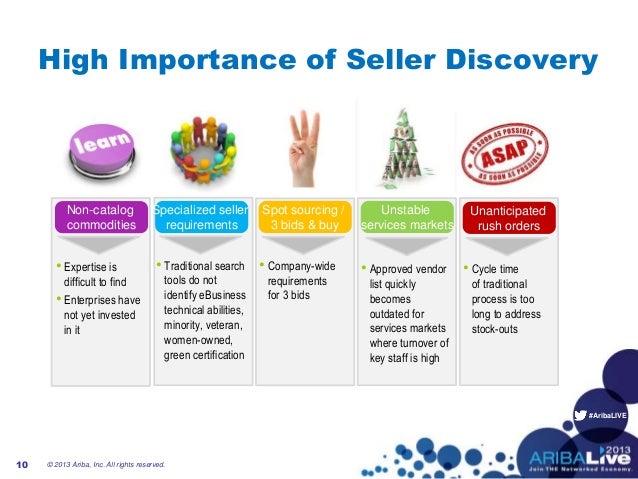

For SAP customers, the world of data has exploded outside their SAP applications. And with ubiquitous connectivity come concerns over privacy and data sovereignty that are, literally, setting the boundaries for what data can be consumed by whom, in what form and where. The perfect storm of cloud computing, connectivity and the reach of 5G has extended the reach of data. Data is not simply becoming more diverse, but increasingly, becoming more distributed. More often than not, the views of data may be shaped by whether you’re working inside the walled garden of the enterprise application or outside it.įor data management, the most pressing issues that we’re seeing are about enterprises getting a better handle on their vast and growing sprawls of data. Maybe parts of the organization use Oracle Corp.’s e-Business Suite or Microsoft Dynamics, or it’s groups of business analysts working with analytics, or it’s data scientists building model from data lakes.


Use of SAP very much shapes the choices they make for databases, analytics and supporting applications.īut in those same organizations, there are also likely to be groups working outside the SAP environment. There are lots of fun facts supporting this, with one of the most common being that 77% of the world’s transaction revenue touches an SAP system. In midsized to large enterprises, platforms are more likely to be multipolar, reflecting the fact that few if any of them are likely to standardize on any single core supplier.Īs preeminent enterprise application provider, SAP SE is often thrust into the role of strategic supplier. or Apple Inc., with the choice of Google LLC’s Android or Apple’s iOS on the mobile side. In small businesses, that strategic platform supplier is likely to be Microsoft Corp.

It becomes the platform that drives choices for third-party applications, tools or databases. Almost any business, large or small, that uses technology typically has a strategic supplier that is, in effect, first among equals.


 0 kommentar(er)
0 kommentar(er)
